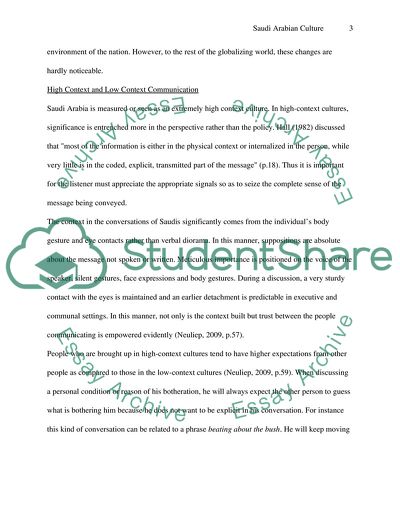Cite this document
(Communication of the Saudi Arabian Culture Case Study, n.d.)
Communication of the Saudi Arabian Culture Case Study. Retrieved from https://studentshare.org/culture/1580606-communication-of-the-saudi-arabian-culture
Communication of the Saudi Arabian Culture Case Study. Retrieved from https://studentshare.org/culture/1580606-communication-of-the-saudi-arabian-culture
(Communication of the Saudi Arabian Culture Case Study)
Communication of the Saudi Arabian Culture Case Study. https://studentshare.org/culture/1580606-communication-of-the-saudi-arabian-culture.
Communication of the Saudi Arabian Culture Case Study. https://studentshare.org/culture/1580606-communication-of-the-saudi-arabian-culture.
“Communication of the Saudi Arabian Culture Case Study”. https://studentshare.org/culture/1580606-communication-of-the-saudi-arabian-culture.


